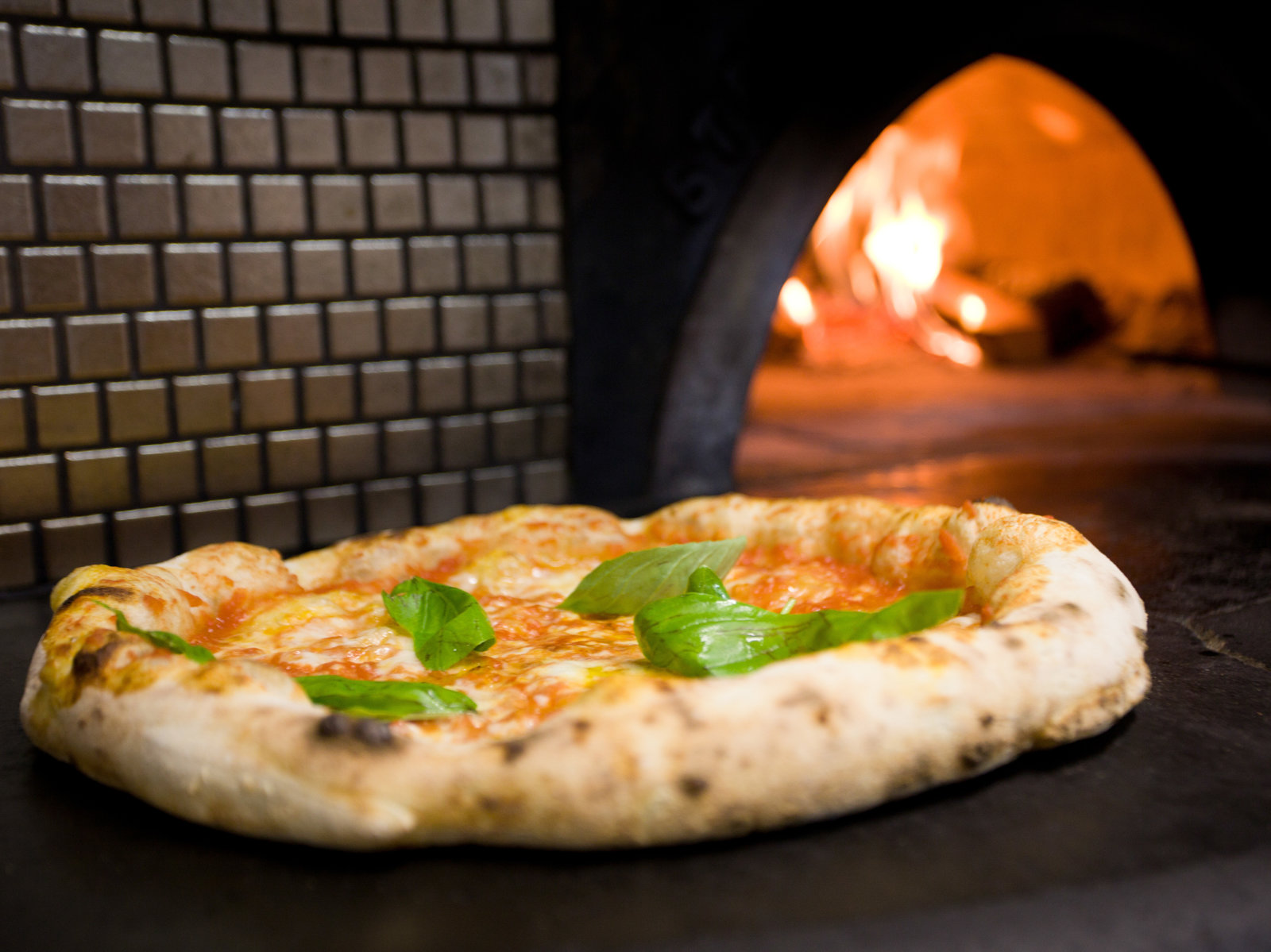 Monday, July 23, 2018 at 12:35PM
Monday, July 23, 2018 at 12:35PM Pizza Physics: Why Brick Ovens Bake The Perfect Italian-Style Pie
"The ideal Italian pizza, be it Neapolitan or Roman, has a crisp crust flecked with dark spots — marks left by a blazing hot oven. The dough is fluffy, moist and stretchy, and the toppings are piping hot. A pizzeria's brick oven pops these out to perfection, but intrepid home cooks attempting to re-create Italian-style pizzas have more than likely discovered facsimiles are nigh impossible to produce."
dark spots — marks left by a blazing hot oven. The dough is fluffy, moist and stretchy, and the toppings are piping hot. A pizzeria's brick oven pops these out to perfection, but intrepid home cooks attempting to re-create Italian-style pizzas have more than likely discovered facsimiles are nigh impossible to produce."
"'Even if you prepare [the pizza] the same way, you cannot get the same result with just your oven at home,' says Andreas Glatz, a physicist at Northern Illinois University and pizza enthusiast."
"The fact that you need a vaulted brick oven to bake a great Italian-style pizza is well-known, but Glatz and Andrey Varlamov, also a pizza-eater and physicist at the Institute of Superconductors, Oxides and Other Innovative Materials and Devices in Rome, wanted to know why. The secret behind a pizzeria's magic, they concluded in a paper published on arXiv.org last month, is in some unique thermal properties of the brick oven."
"They started off interviewing pizzaiolos, or pizza makers, in Rome who were masters of the Roman style of pizza. For this, the bake lasts 2 minutes at 626 degrees Fahrenheit. (Neapolitan pizzas usually bake at an even higher temperature — at least 700 degrees.) That turns out a 'well-baked but still moist dough and well-cooked toppings," Glatz says. The same settings in a conventional steel oven produce far less ideal results. "You burn the dough before the surface of the pizza even reaches boiling, so this is not a product you will want to eat,' he says."
Reader Comments